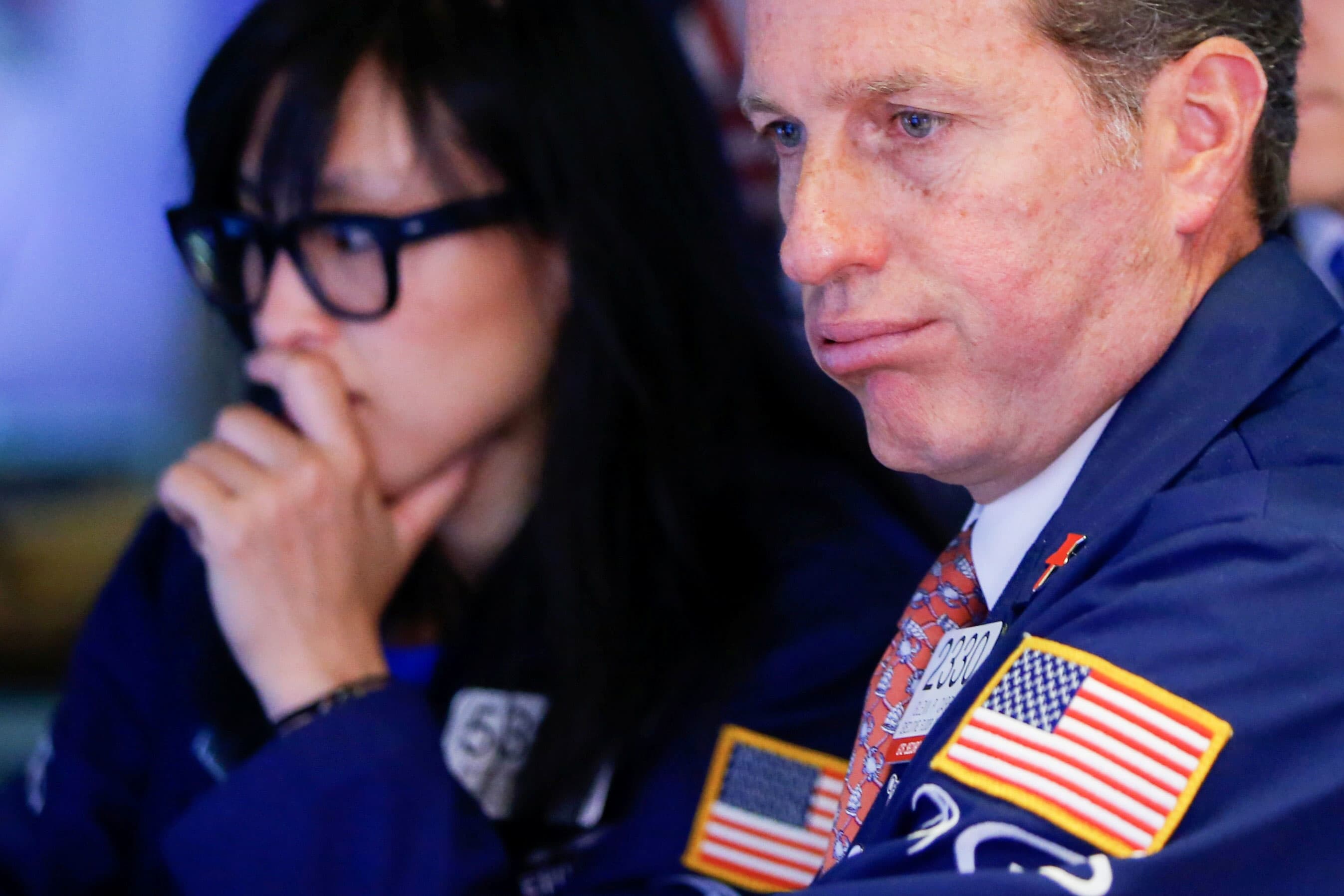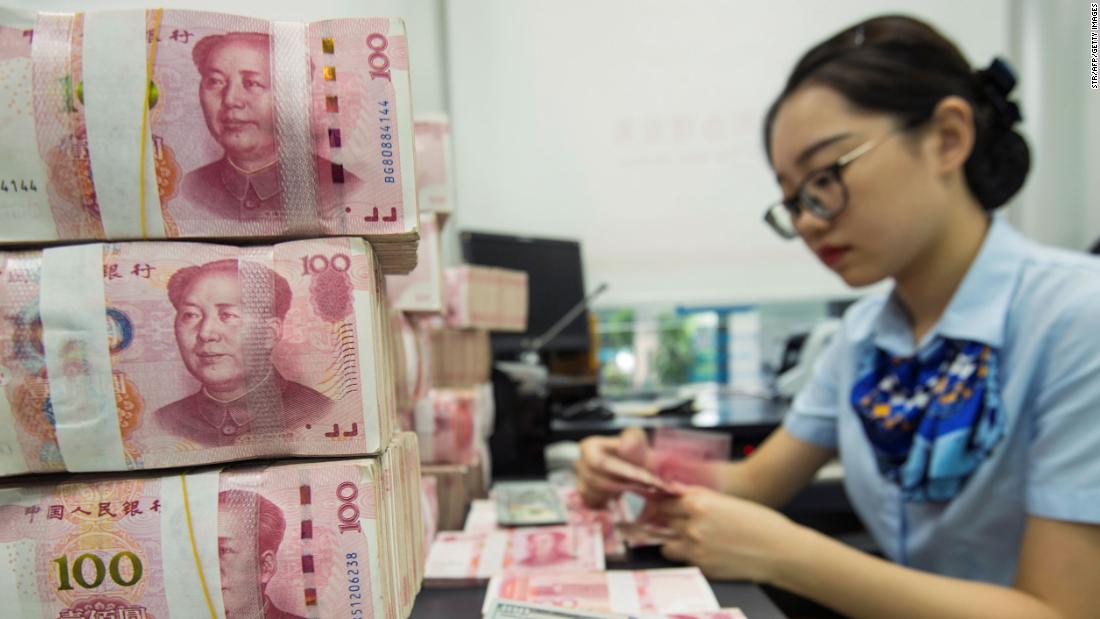Amazon.com (NASDAQ:AMZN) stock has been a fantastic investment. Along with crushing the market over the long term, shares of the e-commerce titan have also outperformed in recent years. Over the three-year period through Sept. 3, this growth stock has gained 132% -- more than three times the S&P 500's 41.6% return.
Despite its mammoth size -- its $890 billion market cap makes its stock the third largest on the S&P 500 index behind Microsoft and Apple -- there are countless ways the company can continue to grow.
Here are 10 reasons to buy Amazon stock and consider holding on forever -- or at least for a very long time.

Image source: Amazon.
1. It's led by a founder
Amazon is led by CEO Jeff Bezos, who founded the company in 1994. He's 55 years old, so investors can hopefully count on him remaining at the helm for at least a few more years.
A number of studies show that shares of founder-led companies tend to outperform in the stock market, often significantly so. A Bain & Company analysis, for instance, determined that the stocks of U.S.-based founder-led companies returned an average of 3.1 times more than than non-founder-led companies from 1990 to 2014.
2. The CEO has a lot of skin in the game
As of Aug. 1, Bezos owned 57.78 million shares of Amazon. Those shares are worth $102.6 billion as of the stock's closing price on Aug. 30 and gives him an 11.7% stake in the company. With more than $100 billion of his money wrapped up in Amazon, he's extremely incentivized to make decisions to increase the stock's value over the long haul. Investors can feel confident that the Amazon CEO's interest is aligned with their interests.
3. Its intensive focus on the customer
Amazon's mission "is to be Earth's most customer-centric company," and by most counts, it seems to walk its talk. Its intense focus on keeping customers happy should continue to result in customers spending more money on its site.
4. Its fulfillment center network acts as a nearly impenetrable moat
Amazon has a few key competitive advantages, though its deepest and widest moat to keep competitors at bay is its fulfillment center network, which it has spent many years and tons of money building. The combined extensiveness and efficiency of this network is the core reason that Amazon is able to so speedily and cost-effectively deliver packages throughout the U.S. and in many parts of the world. In short, it's the key to the company's ability to fulfill its main Prime benefit: one-day free delivery. (In recent months, Amazon has been upgrading its standard free delivery benefit from two days to one day.)

Image source: Amazon.
The company currently has 159 fulfillment centers in the U.S., with plans for 41 more, according to logistics consultant MWPVL International. These are humongous facilities, averaging about 741,000 square feet -- nearly 13 times the approximately 57,600-square-foot size of a professional football field. Beyond the U.S., the company has 189 additional fulfillment centers and plans for 13 more, with India (51), the U.K. (30), and Germany (25) leading the way.
It would likely be cost-prohibitive for any competitor to try to replicate Amazon's distribution network's geographic footprint. Moreover, even if a company was willing to spend billions doing so, it would still likely lag in efficiency, as Amazon was an early mover in using advanced technology, such as robotics, in its fulfillment centers.
5. It has a winning formula for funding expansion
Amazon Web Services (AWS), the company's cloud computing services business, has historically been extremely profitable. The company has used the cash generated from AWS to grow its empire. Having such a profitable business segment that is growing so briskly is a huge advantage that other e-commerce players -- such as Walmart -- don't have.
Putting some numbers next to this item, in the second quarter, AWS grew revenue 37% year over year and accounted for just over 13% of Amazon's overall sales, yet it comprised 68% of its total operating income. It's the dominant player in the cloud computing service space. In 2018, it had a 32% market share of this $80 billion global market, which grew 46% year over year, according to market research firm Canalys.
6. Its Prime-centric business model is "sticky"
Now let's pivot to another key component of Amazon's business model: its ultra-successful Prime loyalty program. Prime makes Amazon's business model "sticky," which means that it helps the company build tight relationships with its customers. For $119 per year (or $12.99 per month), customers can subscribe to Prime, which gets them standard free two-day shipping (which is in the process of being upgraded to one day); streaming of movies, TV shows, and music; and other goodies.
Amazon had an estimated 101 million Prime members in the U.S. as of December, according to a Consumer Intelligence Research Partners (CIPR) report. (The company doesn't disclose its Prime member data by country, though it did say in 2018 that it had more than 100 million Prime members globally.) Prime members are particularly valuable to Amazon because they spend more money on the company's site. They spend an average of $1,400 annually on Amazon, whereas customers who are not Prime members spend about $600, per CIPR.
7. Online shopping has plenty of room for growth in the U.S.
E-commerce sales as a percentage of total U.S. retail sales have been growing at a steady pace. Nonetheless, that figure is still "only" 10.7% as of the second quarter of 2019. In dollar figures, the U.S. e-retail market was worth about $554 billion in the same quarter.

Data by YCharts.
As the largest e-commerce player in the U.S., Amazon is poised to continue to capture an outsize chunk of future growth. In 2018, it captured nearly half of online sales growth in the country.
8. E-commerce also has much room for growth internationally
In 2018, online sales accounted for 12.2% of global retail sales, with this number expected to be 14.1% this year and reach about 22% by 2023. Considering that global e-commerce sales are projected to be about $3.5 trillion in 2019, a nearly 8-percentage-point rise in four years equates to a huge increase in market size (more than $276 billion) -- and that's if total retail sales only remain static.
To put all those new dollars that should be up for grabs within four years into perspective, $276 billion is more than Amazon's current annual e-commerce sales. In the second quarter, the company's global e-commerce sales were $55.1 billion ($38.7 billion in the U.S. and $16.4 billion internationally), which equates to an annual run rate of about $220 billion. And, again, this is assuming the total global retail market doesn't expand in size, which is extremely unlikely.
The fastest-growing online retail market is India, followed by Spain and China, according to Statista. Notably, Amazon is engaged in a particularly big push in India, where it has 51 fulfillment centers, the most in any country except for the U.S.
9. It continues to expand into a wide array of new arenas

Image source: Getty Images.
Amazon continues to enter new turf. In 2007, it entered the grocery delivery business via its Amazon Fresh service, which it has gradually expanded. And in 2017, it spent more than $13 billion to acquire Whole Foods, which gave it a major presence in the brick-and-mortar organic grocery space and increased its grocery delivery muscle.
Last year, Amazon made two major acquisitions that underscore its ambitions in the huge healthcare and smart-home markets. It threw its hat into the $400-billion-per-year U.S. pharmacy market when it spent $753 million in cash to buy online pharmacy PillPack, giving it the ability to speedily deliver prescription drugs across the country. It also dropped $839 million in cash to acquire Ring, best known for its video doorbells. This purchase bolstered Amazon's smart-home technology business, centered on its market-leading Echo line of smart speakers that are embedded with its artificial intelligence (AI)-powered assistant Alexa.
10. Its efficiency should continue to increase thanks to driverless vehicles
Within about the next five years or so, fully autonomous vehicle are widely projected to be legal across the U.S. Investors can expect that Amazon will be an early adopter of this tech for at least some portions of its delivery operations, which should drive (pardon the pun) further increases in efficiency.
Moreover, the company might eventually be using drones for some lighter so-called last-mile deliveries -- or from its fulfillment centers to many customers' homes.
Let's block ads! (Why?)
https://www.fool.com/investing/2019/09/03/10-reasons-to-buy-amazon-stock-and-consider-never.aspx
2019-09-04 02:24:00Z
52780372060384








